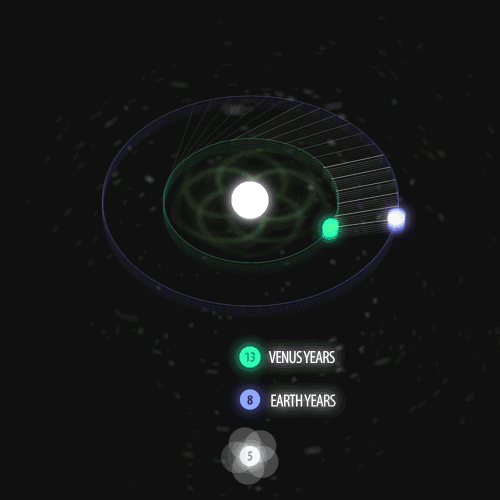Here's a great poster featuring a beautiful image from deep space
tagged with: techie, astronomy, space, galaxy, galaxies, posters, prints, print, hubble, elescope, gift, science, nasa, gifts, stars, nature, landscapes Astronomers using NASA's Hubble Space Telescope have helped settle a mystery that has puzzled scientists concerning the exact distance to the famous nearby star cluster known as the Pleiades, or the Seven Sisters. The Pleiades cluster, named by the ancient Greeks, is easily seen as a small grouping of stars lying near the shoulder of Taurus, the Bull, in the winter sky. Although it might be expected that the distance to this well-studied cluster would be well established, there has been an ongoing controversy among astronomers about its distance for the past seven years. The mystery began in 1997, when the European Space Agency's satellite Hipparcos measured the distance to the Pleiades and found it is 10 percent closer to Earth than traditional estimates, which were based on comparing the Pleiades to nearby stars. If the Hipparcos measurements were correct, then the stars in the Pleiades are peculiar because they are fainter than Sun-like stars would be at that distance. This finding, if substantiated, would challenge our basic understanding of the structure of stars. But measurements made by the Hubble telescope's Fine Guidance Sensors show that the distance to the Pleiades is about 440 light-years from Earth, essentially the same as past distance estimates and differing from the Hipparcos results by more than 40 light-years. The Hubble results will be presented June 1 at the American Astronomical Society meeting in Denver, Colo. The new results agree with recent measurements made by astronomers at the California Institute of Technology and NASA's Jet Propulsion Laboratory, both in Pasadena, Calif. Those astronomers used interferometer measurements from Mt. Wilson and Palomar observatories in California, reporting that the star cluster is between 434 and 446 light-years from Earth. The discrepancy in the distance to the Pleiades is more than an arcane argument over details. Astronomers have only one direct means for gauging distances to stars, called the parallax method. With current telescopes, this method gives accurate results only for distances up to about 500 light-years. Distances beyond that limit must be determined by indirect methods, based on comparing the brightness of distant stars with those of nearer ones of the same type, and making the assumption that both objects have the same intrinsic, or true, brightness. Astronomers can thus build up a distance ladder, based on ever more-distant objects, ultimately leading to the use of supernovae as "standard candles" for the most distant reaches of the universe. "Reliance on the accuracy of the measurements of nearby objects is crucial to getting the distance ladder of the universe correct," said David Soderblom of the Space Telescope Science Institute in Baltimore, Md., and lead astronomer on the Hubble study. "The new Hubble result shows that the measurements made by Hipparcos contain a small, but significant, source of error that requires further exploration. New space missions are now being planned to carry out even more precise distance measurements out to greater distances." Soderblom and his team used Hubble's Fine Guidance Sensors to measure slight changes in the apparent positions of three stars within the cluster when viewed from different sides of Earth's orbit. Due to the motion of the Earth around the Sun, the position of a star in the Pleiades, will appear to shift relative to stars farther away. This effect, called parallax, can be used to calculate the distance to the star with simple geometry; a similar method of triangulation is used by surveyors to measure distances on Earth. Soderblom's team took its measurements six months apart over a 2 1/2-year period. Making these kinds of measurements of a star's movement is very difficult. The Fine Guidance Sensors are so precise that if the human eye had the same ability to measure small angles, it would be able to see a quarter 16,000 miles away. Hipparcos was the first space observatory to make precise measurements of the positions and motions of celestial objects. Before Hipparcos, astronomers determined the distances to stars like the Pleiades by measuring parallax with ground-based telescopes. Those observations were less precise because Earth's atmosphere distorts light from stars, limiting the telescopes' resolution. Source: NASA
»visit the
Galactica store for more designs and products like this
Click to customize with size, paper type etc.
via
Zazzle Astronomy market place


